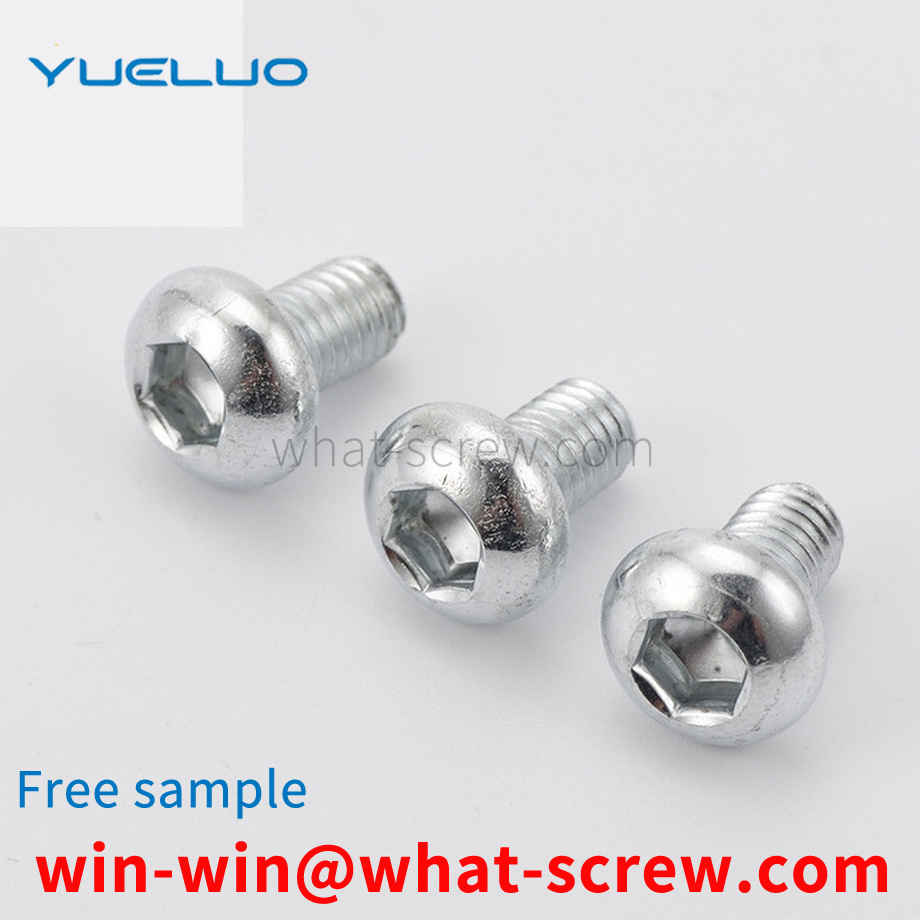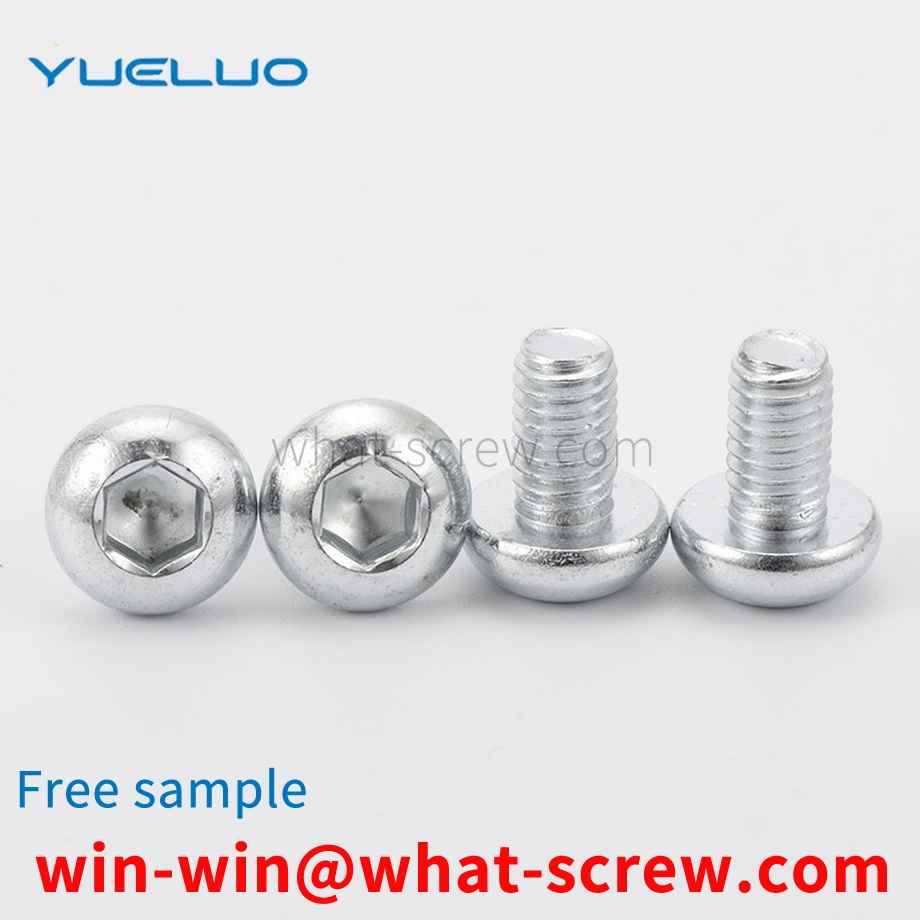When the nut is tightened on the stud, there will inevitably be an empty upstroke. That is, when the nut has not reached the part that needs to be tightened, the nut needs to be twisted on the non-locking (working) part of the front end of the stud by hand or tool, so that the nut runs along the axial direction of the stud and reaches the part to be locked. . When the idling stroke of the thread at the front end of the stud is long or the thread pitch is small, the idling stroke before locking will waste a lot of time, resulting in a huge occupation of personnel or tools.
Stainless steel screws do not necessarily corrode and rust, but that stainless steel screws have a stronger ability to withstand corrosion and rust than iron screws. But stainless steel screws can still rust under certain circumstances. So under what conditions are stainless steel screws prone to rust! What is the cause of rust? Stainless steel screws have better characteristics, strong corrosion resistance, high temperature resistance, and strong rust resistance. But it will rust in harsh environments. For example, stainless steel screws are exposed to the sun and the wind every day under very humid conditions. Over time, it will definitely rust a little. For example, in contact with some acid-base chemicals to cause chemical reactions. cause corrosion and rust. There are also bad stainless steel screws, such as stainless steel SUS201 screws used in seawater. Due to long-term immersion, SUS201 stainless steel screws themselves are not suitable for use in salty seawater. cause corrosion and rust. For the use of marine products, it is generally recommended to use stainless steel SUS316 screws, because 316 stainless steel screws have better performance such as corrosion resistance. From the above, it can be concluded that stainless steel screws will still corrode and rust under certain circumstances. Therefore, this requires the rational use of stainless steel screws. Use stainless steel screws of different materials in different situations. And in different occasions, when using stainless steel screws, special attention is also required, and some details need to be considered more. Try to control the corrosion and rust of stainless steel screws as much as possible.
An embodiment of Guangdong Yueluo Hardware Industry Co., Ltd. provides a screw slotting device, as shown in Figure 1, which includes a workbench 1, a vibrating plate 2 is arranged on the upper part of the workbench 1, and a conveying device 3 is arranged on the vibrating plate 2. Below the discharge port, the slotting device 4 is arranged on one side of the conveying device 3, and the slotting device 4 is provided with a reciprocating cutting wheel 42 that can slot the screws in the conveying device 3 when it extends out. The device 4 is also fixedly provided with a fixed wheel 48 for grinding the grooved screws. Using the screw slotting device, the screws can be automatically sorted by the vibrating plate 2, which improves the production efficiency. The reciprocating motion of the cutting wheel 42 can greatly reduce the probability of knife breakage. Sanding, fixes burrs and roughness.
Screws are a kind of fasteners commonly used in daily life and industry. At present, in use, different types of screws are generally selected for fixing according to different screw lengths and other parameters. Since the screw length is fixed at the time of manufacture, when When using a large number of screws with different screw lengths, it is necessary to sort out screws with different screw lengths beforehand. This method is more troublesome, and sometimes in some special occasions, some screws with special lengths are required. Producing screws of this particular length individually is laborious and laborious.
T-bolts have been widely used in the fields of aviation, aerospace and defense due to their good positioning and anti-shedding effects. Its related standards have special requirements for accurate positioning, anti-falling off, and dimensional consistency of T-bolts. This requires that the position, size and shape and position tolerance of the anti-fall hole of the T-bolt shank must be controlled within a certain range. Therefore, the processing method of the anti-shedding hole is particularly important. Since the machined anti-shedding hole is located at the position of the rod, the milling processing efficiency is too low, the product cost is high, and there is a large machining error. When conventional drilling is used, the consistency of the anti-shedding hole size cannot be guaranteed. To solve the above problems of low efficiency and dimensional instability
We have many years of experience in the production and sales of screws, nuts, flat washers, etc. The main products are: B1163 square nuts, cylindrical connections, dome head rivets, carbon steel 4.8 nylon lock nuts and other products, we can provide you with suitable tightening nuts. Firmware Solutions.



















 Service Hotline
Service Hotline




